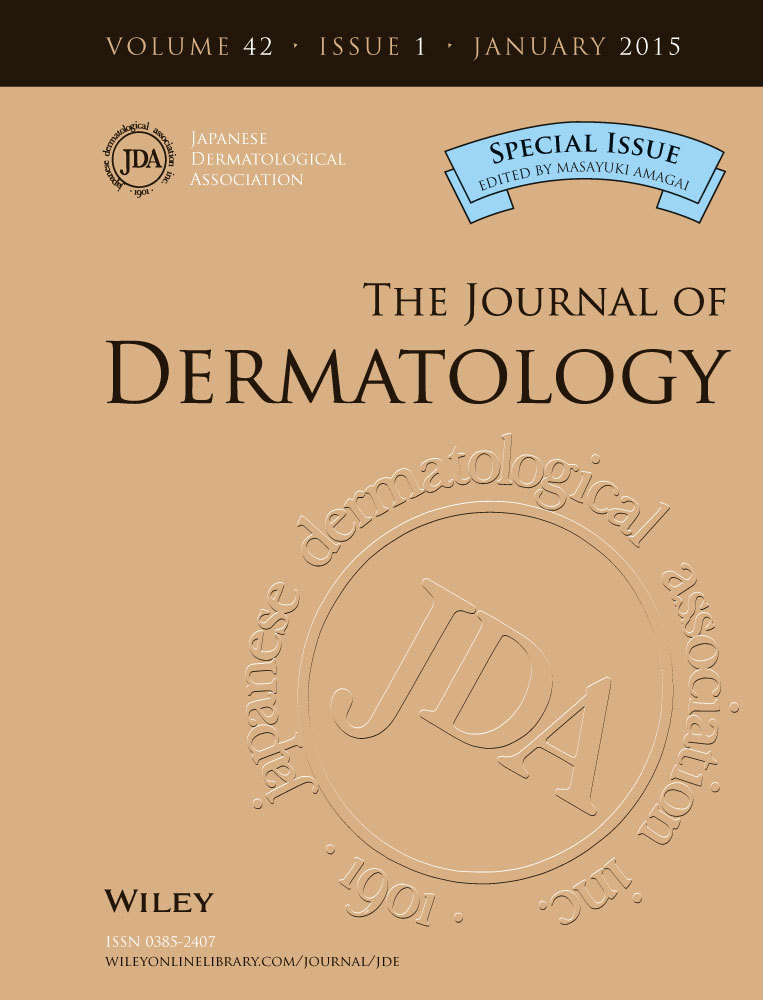Ionizing irradiation inhibits keloid fibroblast cell proliferation and induces premature cellular senescence
Abstract
Keloids are one of the common refractory conditions in dermatology and aesthetic plastic surgery. The most effective treatment is superficial radiotherapy followed by surgical removal. The rate of recurrence is strongly associated with the total dose of ionizing irradiation, and the underlying mechanism remains unclear. In this study, we used primary keloid fibroblasts (KFb) isolated from patient samples to investigate the effects of X-ray radiation on cell proliferation, cell toxicity and cell cycle, as detected by CCK-8 assay kit and flow cytometer. In addition, we examined senescence-associated β-galactosidase activity and the associated gene expression using real-time polymerase chain reaction and western blot in KFb exposed to X-ray radiation. X-ray radiation inhibited cell proliferation and induced cell senescence in KFb in a dose-dependent manner. Inhibition of cell proliferation and induction of cellular senescence were mediated by interruption of the cell cycle with an extended G0/G1 phase. Furthermore, the expressions of senescence-associated genes p21, p16 and p27 were upregulated both at mRNA and protein levels in KFb exposed to X-ray radiation. Taken together, our data indicate that X-ray radiation may prevent the recurrence of keloids by controlling fibroblast proliferation, arresting the cell cycle and inducing premature cellular senescence.




